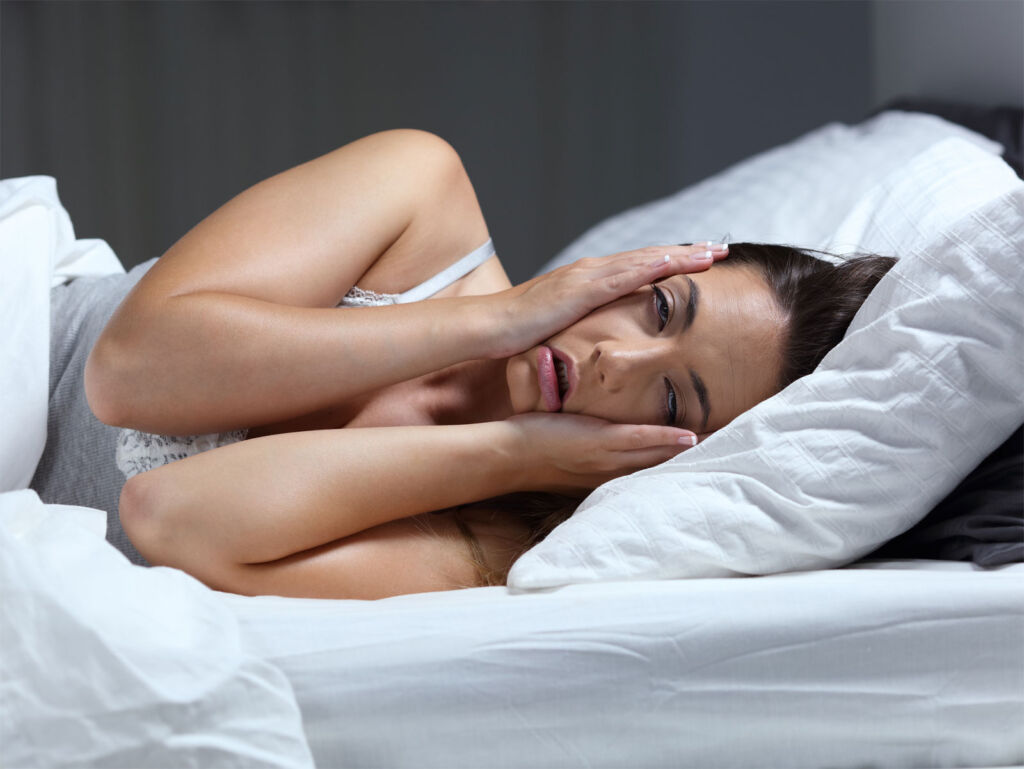
Summer 2024 in the UK has been ‘Hit and Miss’. There has not been a constant stream of warm sunny days and stifling hot nights; however, there have been glimpses, and when the thermometers have risen, the opportunities for a blissful night’s sleep have fallen. Finding the best way to create the perfect sleeping ambience in the bedroom is crucial, and in this feature, we investigate whether leaving the windows open is a good solution.
Most people will undoubtedly know that the right temperature is vital for a good night’s sleep. Most sleep experts state that 60–69°F is the ‘sweet spot’ for most adults; anything higher makes it more difficult to achieve quality sleep, which is important for one’s health.
If nature isn’t helping, the most obvious ways to lower room temperatures are cooling fans and air conditioning; however, if you don’t have access to these, other solutions need to be sought.

If the ‘clickbait headlines’ in some news publications are to be believed, the UK could still experience an uncomfortable heatwave in 2024. Should things heat up, finding effective ways to keep your home cool becomes essential to maintain one’s overall well-being. One common question is whether to leave windows open to promote airflow or keep them closed to prevent hot air from entering.
To determine the answer, the people at Vortex Air have offered us their views.
Some Key Considerations
Outdoor Temperature
During a heatwave, outdoor temperatures often peak during the day, making it crucial to monitor temperature changes.
Opening windows when it is cooler outside, such as in the early morning or late evening, can help ventilate your home without introducing excessive heat.
Humidity Levels
Humidity plays a significant role in how we perceive temperature. High humidity can make indoor spaces feel warmer and more uncomfortable. If the outside air is humid, opening windows might not provide the relief you seek, as it can increase indoor humidity levels.

Air Quality
Air quality is another vital consideration. During a heatwave, pollutants and allergens can be more concentrated outdoors. If air quality is poor, keeping windows closed can help maintain a healthier indoor environment.
This is particularly important for people with allergies such as hay fever. Recently, the UK was hit by what has been referred to as a “Pollen Bomb,” which proved a nightmare for hay fever sufferers. Those who kept their windows open during the onset of the pollen bomb were reportedly feeling its detrimental effects for many days following.
Alternative Cooling Methods
One tried-and-tested solution is fans, which help circulate air and create a cooling effect through evaporation. Ceiling fans, floor fans, and box fans can all effectively enhance airflow and provide relief from the heat.
Air conditioning is one of the most effective ways to cool indoor spaces. However, compared to fans, it costs more to run, which is particularly evident over longer periods. In addition, the units need to be properly maintained and cleaned to maximise their efficiency.
Portable evaporative coolers use water to cool air, offering a more energy-efficient option compared to traditional air conditioning. These devices work best in dry climates where humidity levels are low.

Tips for Optimising Indoor Airflow and Ventilation
Strategic Window Opening
Open windows during cooler parts of the day, such as early morning and late evening, to allow cool air to enter and hot air to escape.
Use Window Coverings
Close blinds, curtains, or shades during the day to block out direct sunlight and reduce indoor heat gain.
Create Cross-Ventilation
Open windows on opposite sides of your home to create a cross-breeze that enhances airflow and cooling.
Ventilation Fans
Use exhaust fans in kitchens and bathrooms to remove warm, humid air from your home.
A representative at Vortex Air says, “Combining window management with alternative cooling methods, such as fans, air conditioning, and evaporative coolers, can help you maintain a comfortable indoor environment.”

![]()




You must be logged in to post a comment.